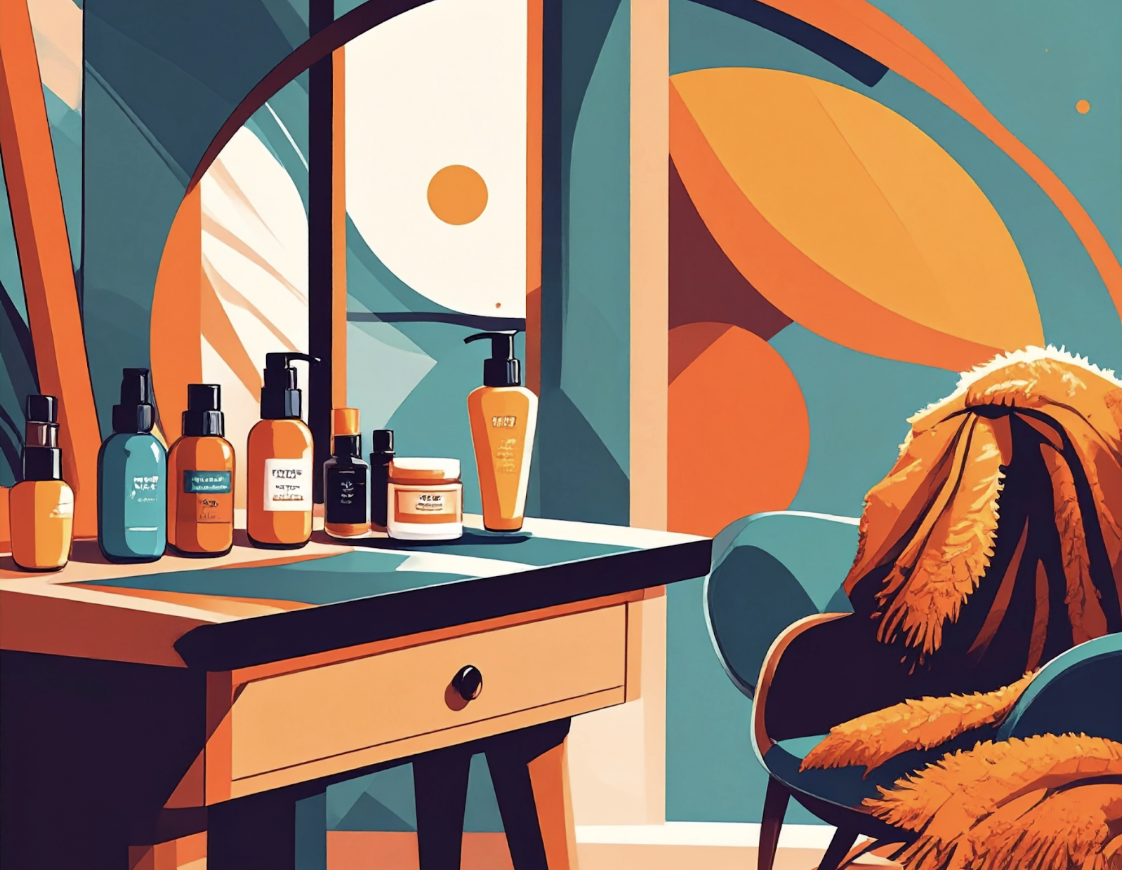What to Do After Getting Sunburned

What to Do After Getting Sunburned
Getting sunburned can happen faster than you think. Maybe you lost track of time outside or forgot to reapply sunscreen. Either way, once you notice the redness, stinging, and heat, it’s important to act quickly to help your skin heal and avoid complications.
Step 1: Get Out of the Sun
As soon as you realize you’re sunburned, the most important thing to do is remove yourself from the sun. Even a few more minutes of exposure can make things worse. Head indoors or find a shaded area right away to prevent further skin damage.
Step 2: Cool Your Skin
Sunburned skin is inflamed and feels hot. Cooling it down can help reduce pain and swelling. Try taking frequent cool showers or baths throughout the day. You can also apply a damp, cool towel to the affected area for 10-15 minutes at a time.
For extra relief, consider adding baking soda (about 2 ounces) to your bathwater, or try a colloidal oatmeal bath to soothe the skin.
After bathing, gently pat your skin dry, don’t rub it, and leave some moisture on your skin for the next step.
Step 3: Apply a Soothing Moisturizer
While your skin is still slightly damp, apply a moisturizer that contains aloe vera or soy. These ingredients help calm irritation and add moisture back to your skin. You can also use calamine lotion or a 1% hydrocortisone cream for itching and discomfort. Another option is to apply a thin layer of Vaseline or petrolatum ointment, which helps lock in moisture and soothe irritation. Keeping the moisturizer or cream in the fridge before applying, so that it feels cool, can add to the relief.
Avoid lotions that contain alcohol, as these can dry your skin out more and make the sunburn worse.
Step 4: Take a Pain Reliever
Over-the-counter medications like ibuprofen (Advil or Motrin) or acetaminophen (Tylenol) can help reduce inflammation and ease discomfort. For mild cases, you might also try topical pain relief gels that you apply directly to the skin.
Step 5: Stay Hydrated
Sunburn pulls fluids toward the surface of your skin, which can leave the rest of your body dehydrated. Drink extra water for at least the next 24 hours to help your body recover. Skip alcohol and caffeine, as they can make dehydration worse.
Step 6: Don’t Pop Your Blisters
If your sunburn is bad enough to cause blisters, that means it’s likely a second-degree burn. It might be tempting to pop them, but resist the urge. Blisters protect your skin and help it heal by acting like a natural bandage. If a blister does break on its own, wash the area gently with mild soap and water. Then, apply antibiotic ointment and cover it with a nonstick bandage.
For large blisters or those on your face, hands, or genitals, contact a healthcare provider.
Step 7: Protect Your Skin as It Heals
While your skin is healing, it’s even more sensitive to the sun than usual. Stay indoors as much as possible. If you do need to go outside, wear loose-fitting, sun-protective clothing like long sleeves and wide-brimmed hats. Apply a broad-spectrum sunscreen with SPF 50 or higher to any exposed skin, at least 20 minutes before going outside, and reapply every couple of hours if you remain outdoors. Even on days when you’re mostly indoors, consider using a sunscreen or sunblock as your daily moisturizer.
Avoid tanning beds, harsh skin products, and exfoliating until your skin has fully healed.
When to See a Doctor
Most sunburns can be treated at home, but sometimes they require medical attention. Seek emergency care right away if you have:
- A fever over 103°F (39.4°C) and vomiting
- Dizziness, fainting, or cold, clammy skin
- Signs of confusion or disorientation
- Symptoms of infection (like pus, swelling, or red streaks around blisters)
- Severe eye pain or changes in vision
Don’t wait for symptoms to get worse. Early treatment can prevent serious health issues.
Protecting Yourself in the Future
Even though sunburn might seem like a short-term problem, it can cause lasting damage to your skin. Each time you burn, you increase your risk of skin cancer, including melanoma, and speed up premature aging like wrinkles and sunspots.
- Seek shade, especially between 10 a.m. and 4 p.m.
- Wear sun-protective clothing, hats, and sunglasses
- Use sunscreen daily, and reapply it every two hours or after swimming or sweating
A sunburn is your skin’s way of saying it’s been hurt, and it needs care. The sooner you start treating it, with cool compresses, gentle moisturizers, and lots of hydration, the better you will feel. And next time you head outside, remember: sun protection isn’t optional– it’s essential.
If you have questions about your sunburn or want advice on how to better protect your skin, check out our article about sun protection here, or consider speaking with a board-certified dermatologist. Your future skin will thank you.
AAD (2024). How to treat sunburn. [online] www.aad.org. Available at: https://www.aad.org/public/everyday-care/injured-skin/burns/treat-sunburn.
Mayo Clinic. (n.d.). Sunburn: First aid. [online] Available at: https://www.mayoclinic.org/first-aid/first-aid-sunburn/basics/art-20056643.
This overview highlights the significance of understanding skin cancer risks in people of color and the importance of regular skin checks. For more information, please visit the American Academy of Dermatology (AAD) website or consult with your dermatologist.
Take Control of Your Health
Discover how SkinCheck can help you detect skin cancer early.
Discover insightful articles on various topics.





